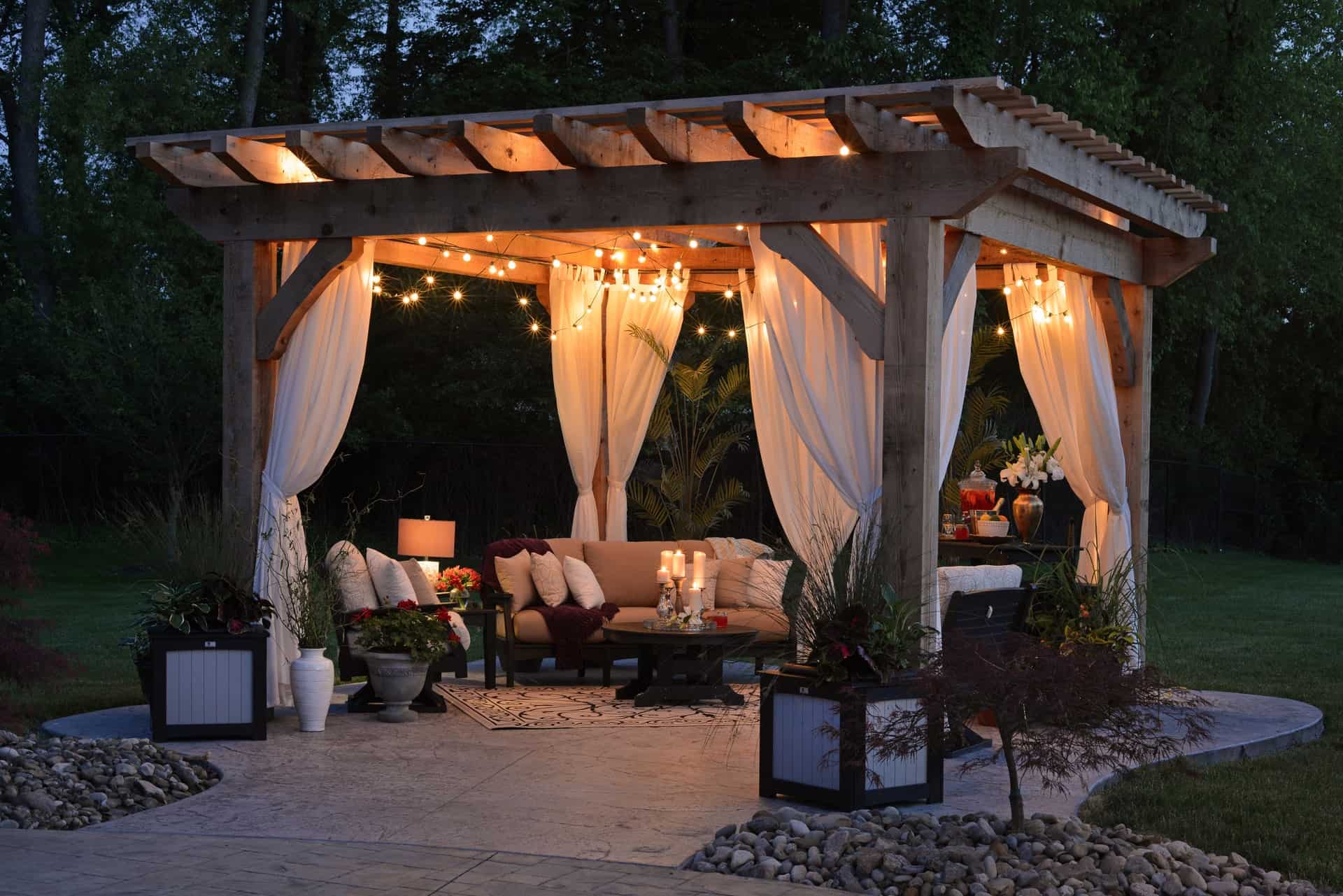We’ve all had it up to here with the pandemic, and most of us have been raring to go out and spend some well-deserved time outdoors. And it’s only natural to feel this way – many of us have been cooped up indoors for the better part of two years, so if we can relax and have fun outdoors, it’s a nice change! Many of us have also been planning lots of outdoor events, be it a lovely afternoon tea in the garden or a summer or fall fair or carnival, and this is all well and good – but there is also a proper way to do it. It’s always good to know what an outdoor event entails, from having a first aid station to wheelchair access. So what else should you remember when organizing an outdoor event? Here are the main factors to remember when planning an event outdoors.
1. Check if the location or venue is easily accessible
It’s one thing to plan an event outdoors – it’s another to consider its accessibility, especially for those with mobility challenges. It’s important to remember all the attendees at your event, and one of the best ways to remember all is to ensure your venue or location is easily accessible. To begin with, do you have parking for people with disabilities or enough room around your parking spaces for easy access? Also, do you have clear and accessible pathways – wheelchairs, for example, would find it difficult to move on soft or uneven terrain. There also has to be clear signage, and it would be nice if you could have covered, quiet areas where people could sit and relax in private. Finally, of course, if you have staff at your event, ensure they are well-trained and wear something that easily distinguishes them from the rest of the crowd.
2. Go for activities that can be done either outdoors or indoors
For many who have experience planning events outdoors, one of the worst things that can happen is having to cancel an activity outdoors and not having an alternative indoors. For example, don’t choose an activity that can just be done outdoors (like a kite-flying contest or a sand castle competition). Instead, choose an activity that can be done either outdoors or indoors, such as a face painting contest, a magic show, and the like, as funfair hire specialists like We Are Tricycle agree.
There are many indoor alternatives and options, from dodgem cars to side stall booths – you’ll be sure to find an option that suits your attendees and works out for the best.
3. Don’t forget to set up first aid stations and kits
Any event planner who’s had to set up an outdoor event before will tell you how important it is to have a first aid station and kits. They would even suggest having a medical professional on board in case someone has a heat stroke or dehydration (especially during the middle of the summer). Of course, it’s best to be prepared and set up hydration centers.
4. Make arrangements for protection
If you can’t have a venue that’s both outdoors and indoors, settle for the next best thing – make arrangements for protective cover that will serve your guests well if they want shade from the sun during sweltering days or cover if there’s a sudden downpour. Consider marquees or canopies, or even a big tent.

